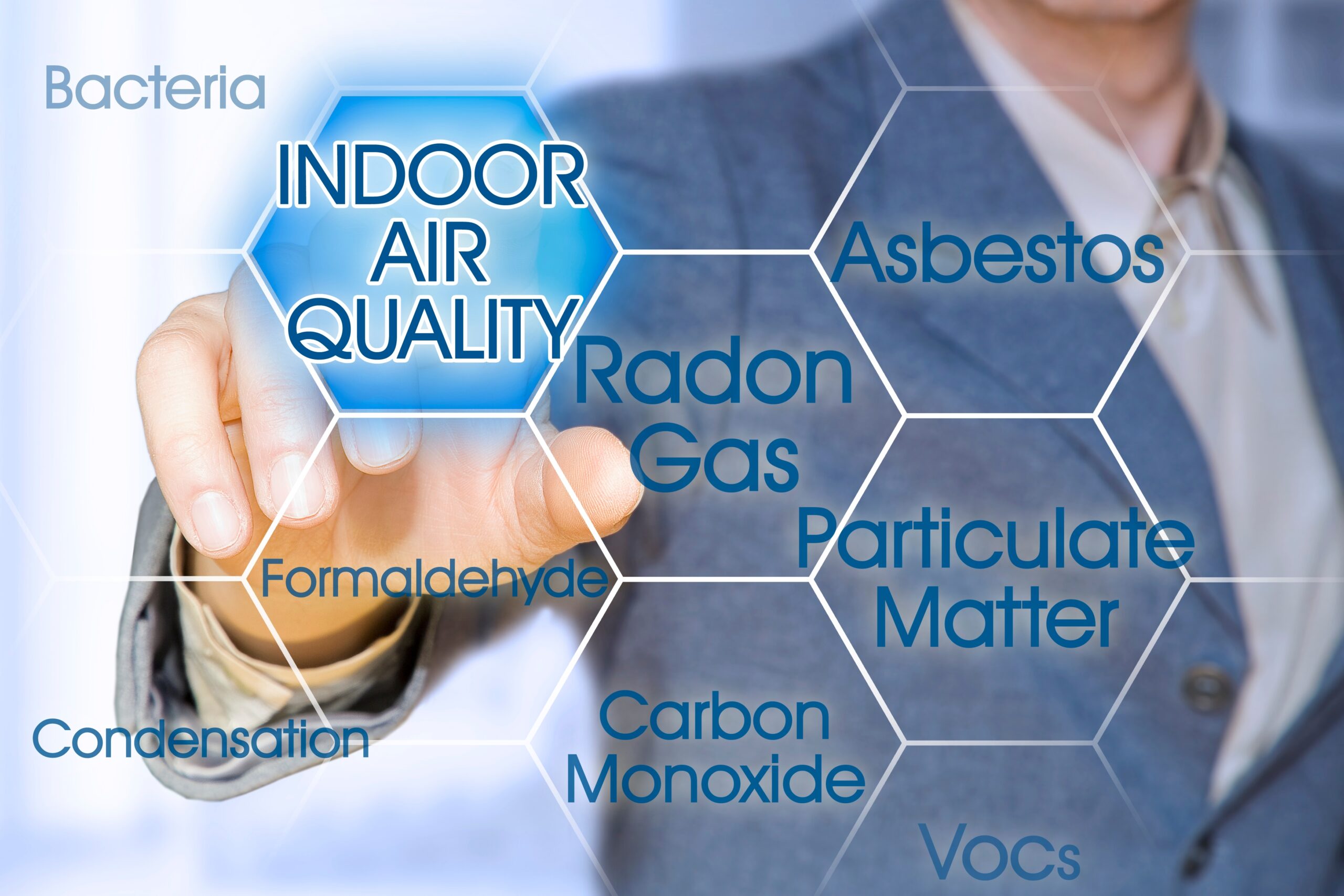
When we talk about indoor air quality (IAQ), most people think about dust, odors, or maybe mold. But the truth is, many of the biggest threats to clean indoor air begin long before the first sneeze. They start during construction and design. Building science—the way we design, seal, ventilate, and maintain buildings—plays a major role in how healthy our indoor air really is. Here are seven common building science mistakes that compromise indoor air quality, along with practical ways to avoid them using proven indoor air quality solutions.
1. Skipping Proper Ventilation Design
One of the most common and overlooked issues in modern buildings is insufficient ventilation. In efforts to boost energy efficiency, buildings are often made extremely airtight. While this helps reduce energy costs, it also means that pollutants, including carbon dioxide, volatile organic compounds (VOCs), and excess moisture, have nowhere to go. Without a properly designed ventilation system, these contaminants build up indoors, compromising the health and comfort of the occupants. The American Society of Heating, Refrigerating and Air-Conditioning Engineers (ASHRAE) offers clear guidance on this issue through Standards 62.1 and 62.2, which establish minimum ventilation rates for both commercial and residential buildings. Following these standards is essential to support a healthy home design.
2. Poor Moisture Management
Moisture is one of the top contributors to indoor air quality problems. If a building isn’t designed or maintained to manage water properly, it becomes a breeding ground for mold, mildew, and other biological pollutants. These microorganisms release spores and toxins into the air, which can lead to respiratory issues and allergic reactions. Moisture problems often stem from poor site grading, missing or damaged vapor barriers, and leaks in the building envelope. According to the EPA, you can reduce risk by implementing a building moisture control strategy, including:
- Grading soil away from the foundation
- Installing continuous vapor barriers
- Sealing roof and wall penetrations
- Ensuring proper drainage from gutters and downspouts
Smart planning during construction helps prevent mold before it starts.
3. Over-Sealing Without Ventilation Planning
While energy-efficient design calls for sealing up drafts and insulating thoroughly, it’s possible to go too far. Over-sealing a building without accounting for proper ventilation can lead to a buildup of airborne pollutants. This “tight box” effect traps contaminants inside, where they concentrate over time. Additionally, without a way for indoor humidity to escape, moisture levels can rise—especially in bathrooms and kitchens—leading to condensation and mold. The EPA’s Building Air Quality Guide emphasizes that while air sealing is important, it should always be paired with mechanical ventilation systems. These systems allow for clean air delivery while maintaining energy efficiency—a critical balance in indoor air quality management.
4. Incorrect HVAC Sizing and Design
An HVAC system that’s too large or too small for a space may seem like a minor issue, but it can have a serious impact on indoor air quality. Oversized systems tend to short-cycle, turning on and off rapidly without running long enough to properly dehumidify the air. Undersized systems may struggle to maintain consistent temperatures or airflow. Both scenarios can result in high humidity and pollutant buildup. ASHRAE’s Indoor Air Quality Guide stresses the importance of system sizing to support HVAC performance and indoor air quality, especially in tightly sealed buildings.
5. Using High-VOC Building Materials
Many common construction materials—like paints, adhesives, and certain flooring—release VOCs into the air. These chemicals can cause headaches, dizziness, eye irritation, and long-term respiratory issues. To reduce risk, consider the following low-VOC alternatives:
- Low-VOC or no-VOC paints
- Natural or formaldehyde-free flooring
- Green Seal or GREENGUARD certified adhesives
- Pre-finished wood products with water-based coatings
New construction and renovation projects should always prioritize materials that support better IAQ. The EPA’s Building Air Quality Guide recommends good ventilation during and after installation to dissipate emissions and protect occupant health.
6. Failing to Balance Air Pressure
Proper air pressure balancing is often overlooked, especially in multi-level or mixed-use buildings. When pressure isn’t balanced, air begins to flow in unpredictable—and sometimes unsafe—ways. Negative pressure can pull in contaminated air from basements, crawlspaces, or garages, carrying pollutants like radon, mold spores, or chemical fumes. ASHRAE recommends designing HVAC systems that maintain positive or neutral pressure where needed, and routinely testing for imbalances. This is a key tactic in long-term indoor air quality control.
7. Neglecting Post-Construction IAQ Testing
A new or freshly renovated space might look spotless—but that doesn’t mean the air is clean. Without proper indoor air quality testing, post-construction pollutants can linger unnoticed. The EPA recommends evaluating IAQ before occupancy with a checklist that includes:
- VOC concentration testing
- Particulate matter monitoring
- CO₂ level readings
- Humidity and moisture assessments
Following up with ongoing IAQ monitoring systems ensures that the space remains healthy over time—an essential step in any healthy building plan.
Breathe Easier With Smarter Building Practices
Good indoor air quality doesn’t happen by accident—it’s the result of intentional design, careful material selection, and ongoing maintenance. Each of these seven building science mistakes is preventable, and addressing them early can save you time, money, and long-term health risks. We help homeowners, builders, and property managers identify and fix the underlying issues that affect air quality. Whether you’re planning a project or dealing with lingering indoor air concerns, we bring the science (and solutions) to the table.
Need an expert assessment of your home or building’s air quality?
Let’s talk. The sooner we identify the problem, the sooner you’ll breathe easier.


